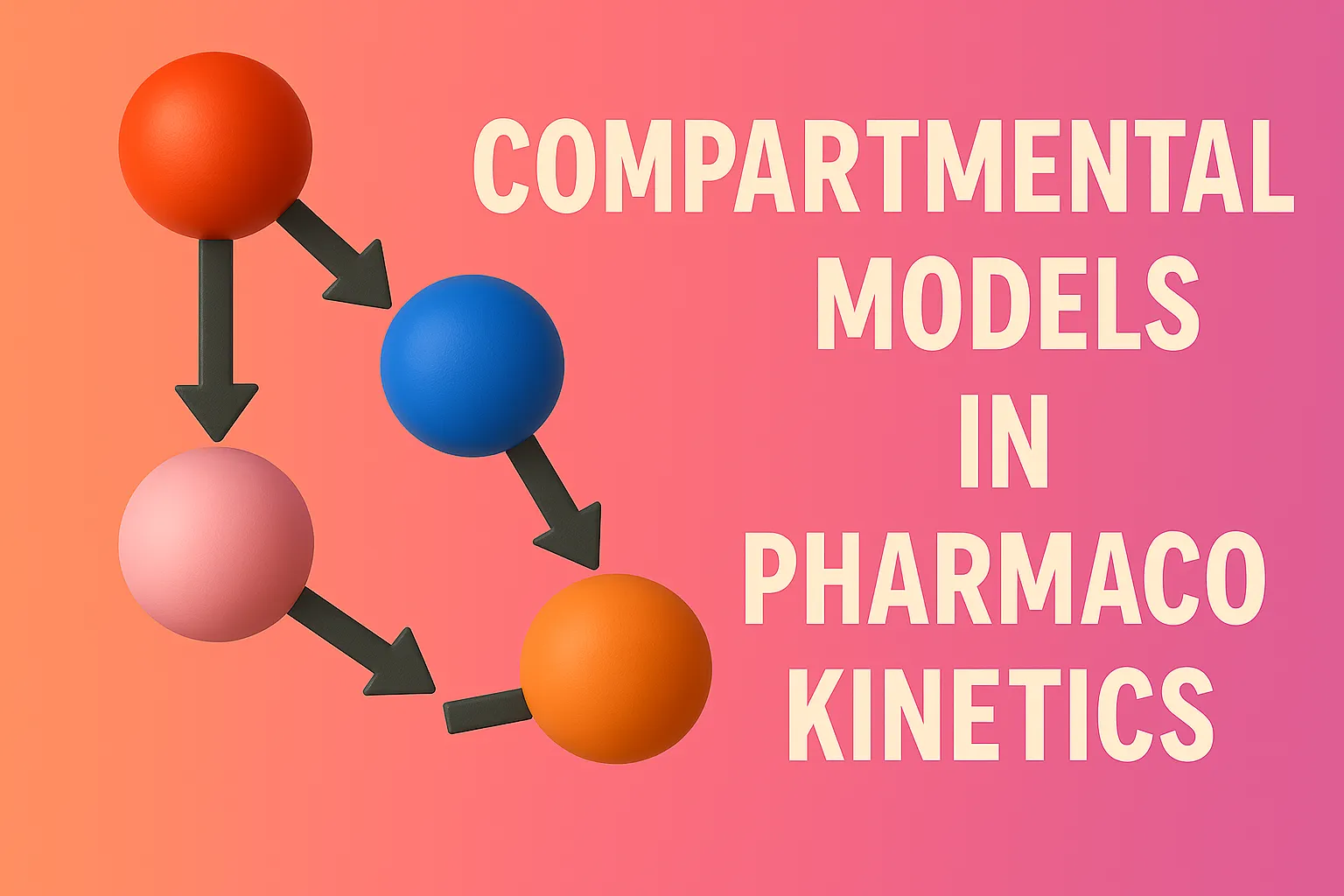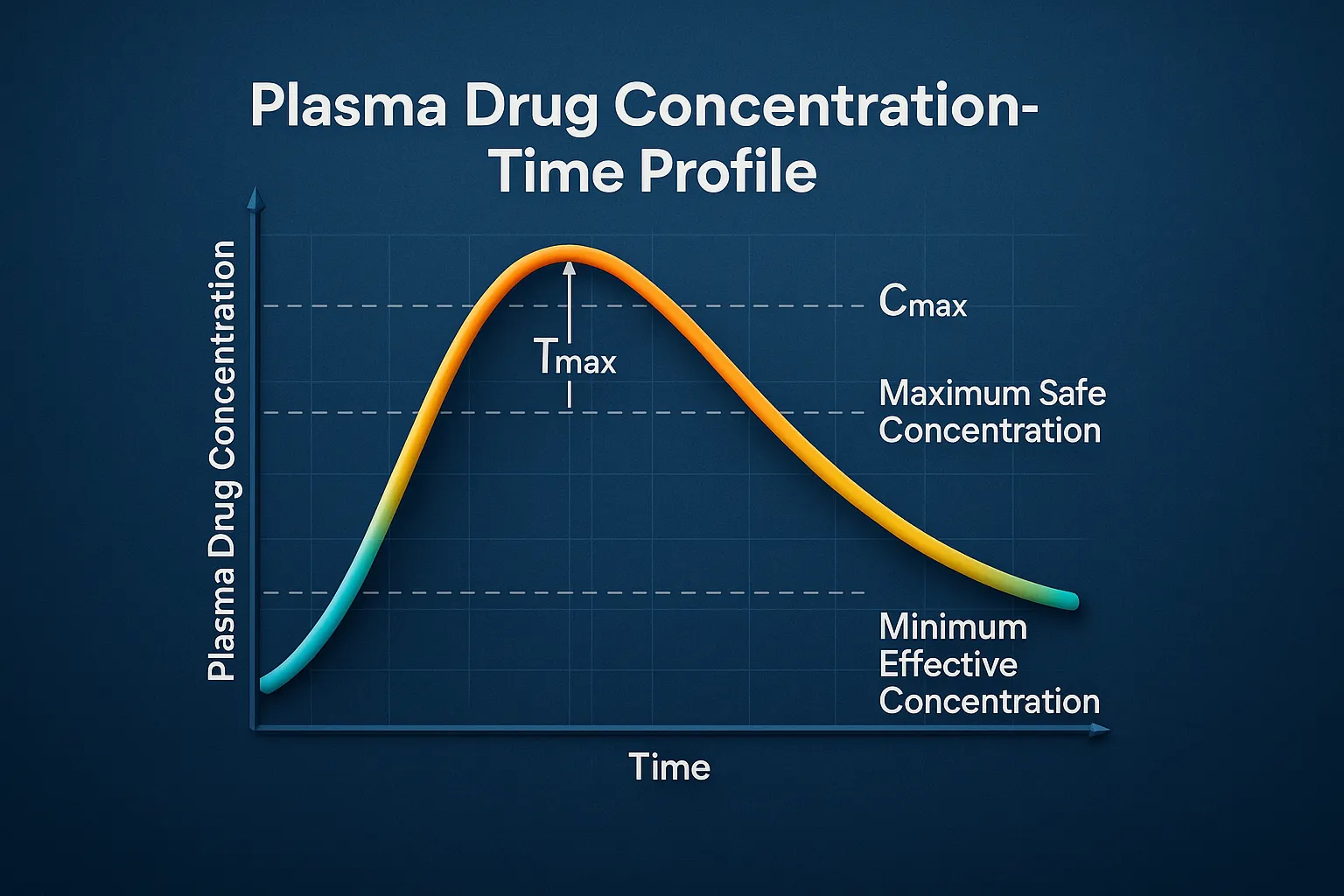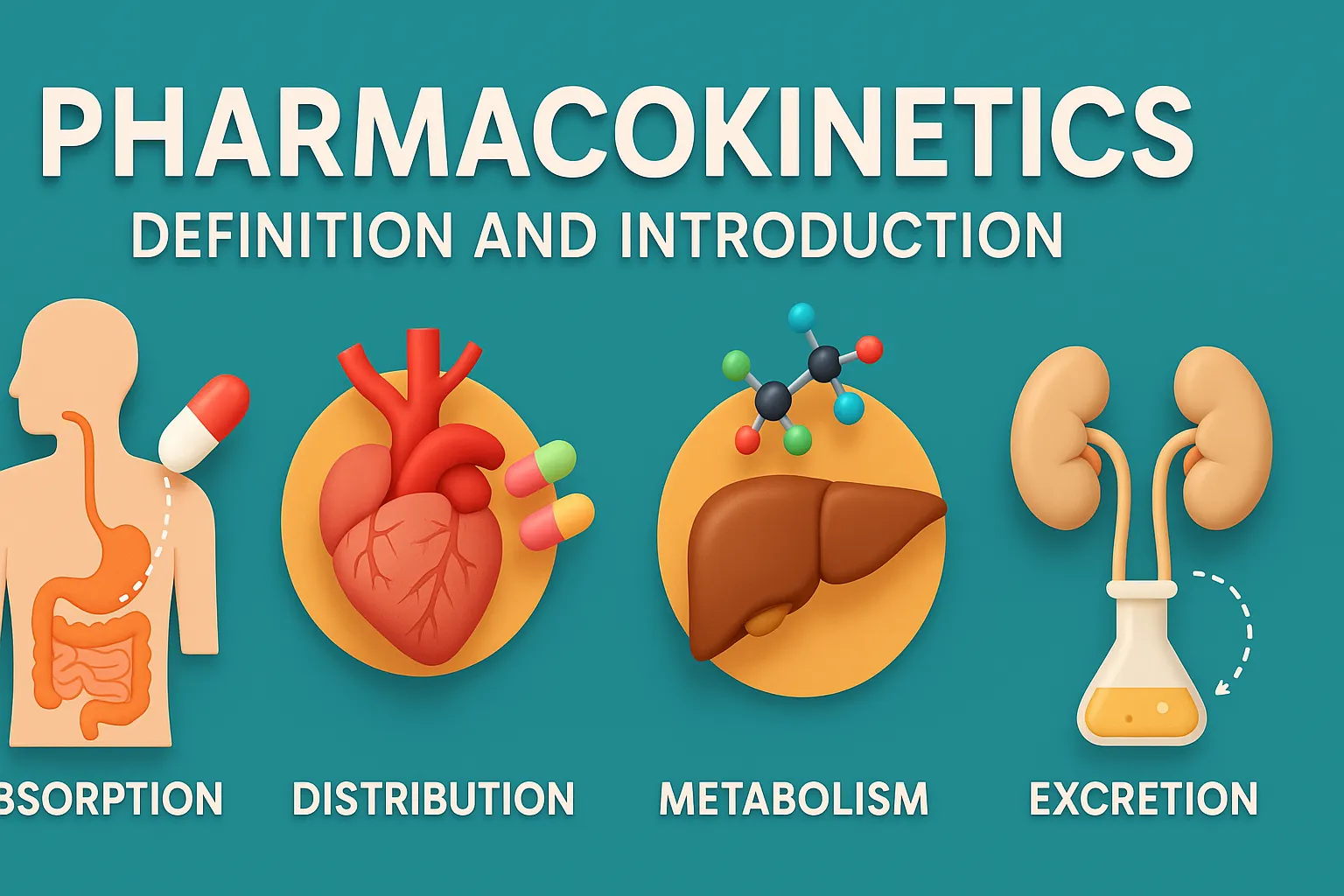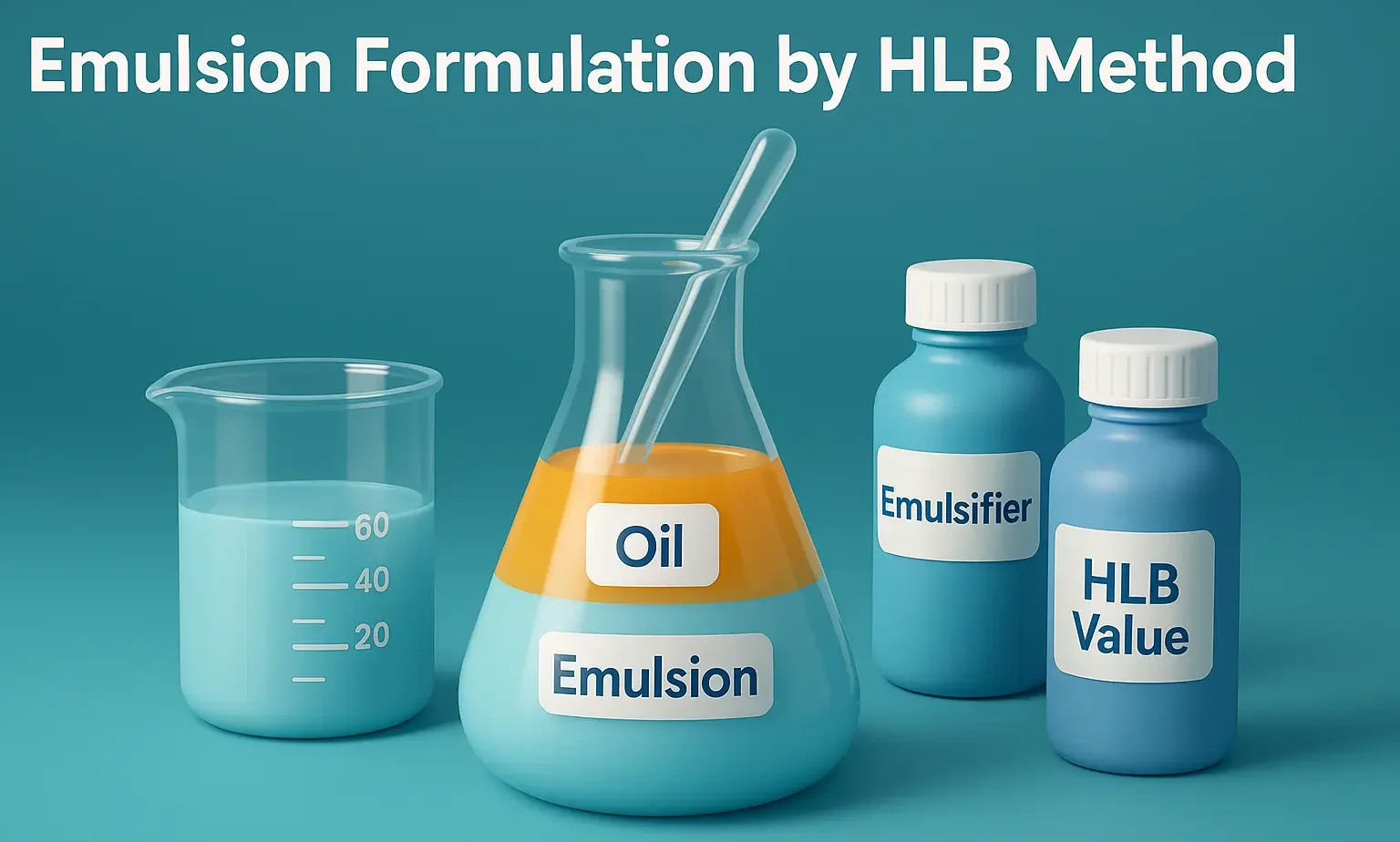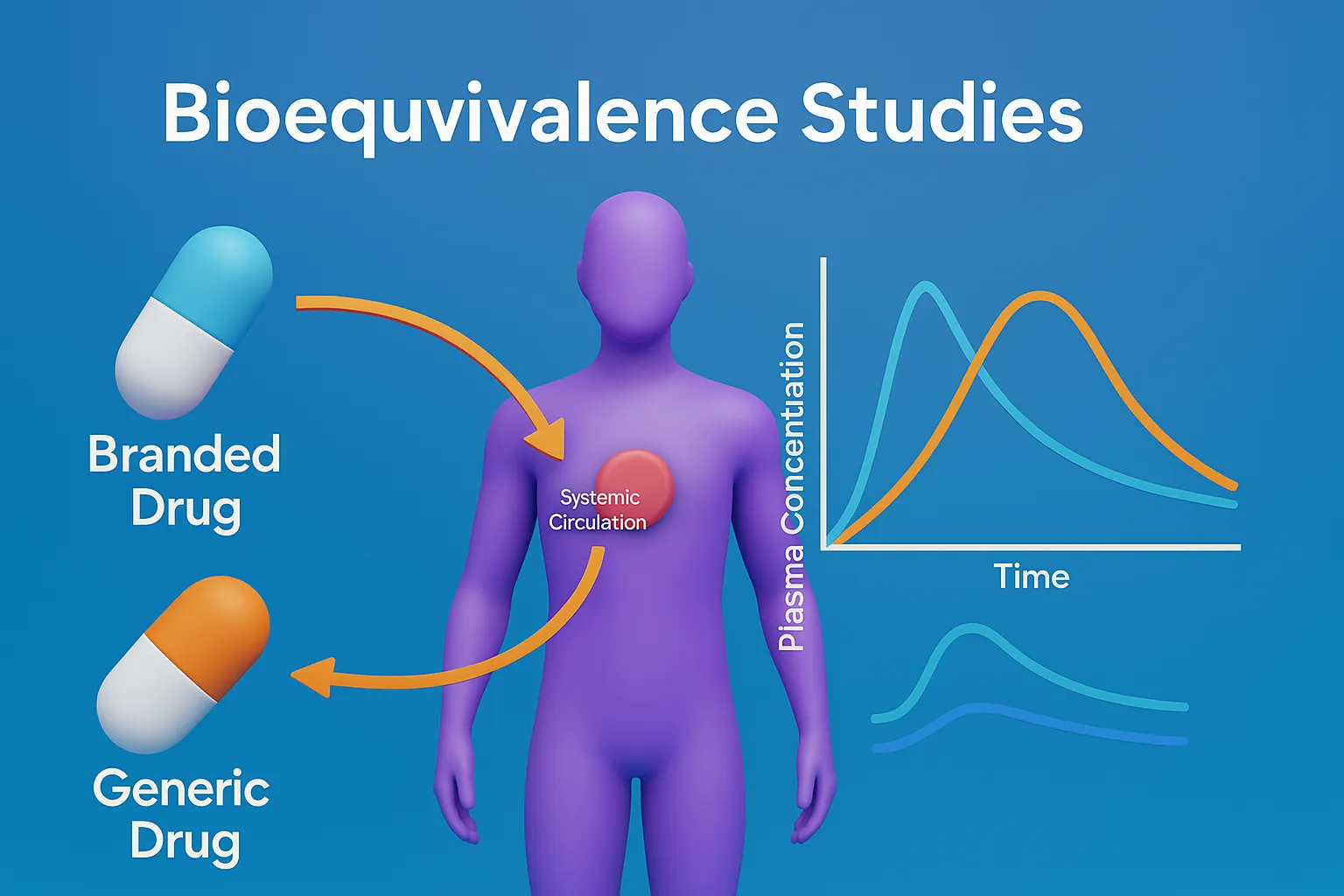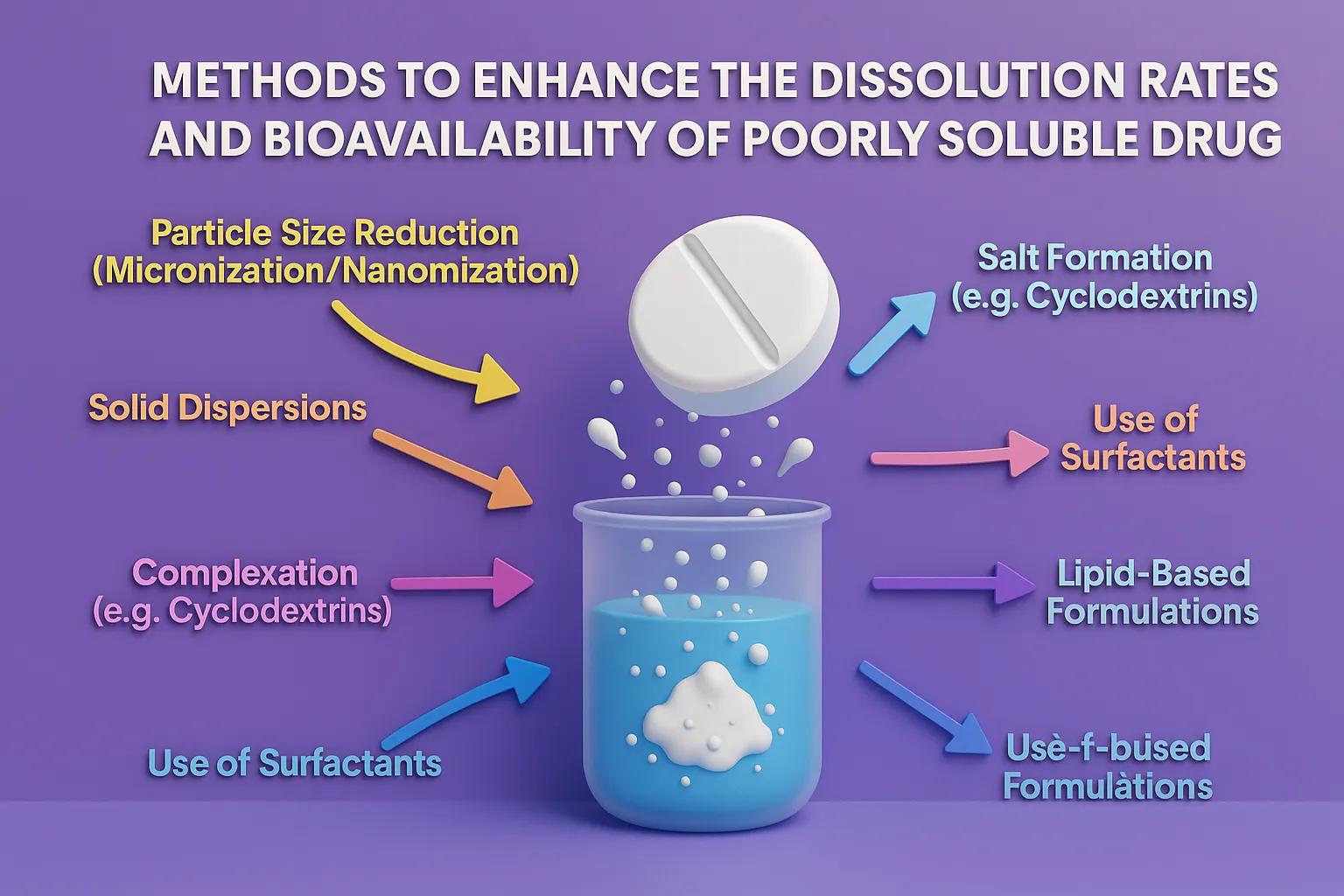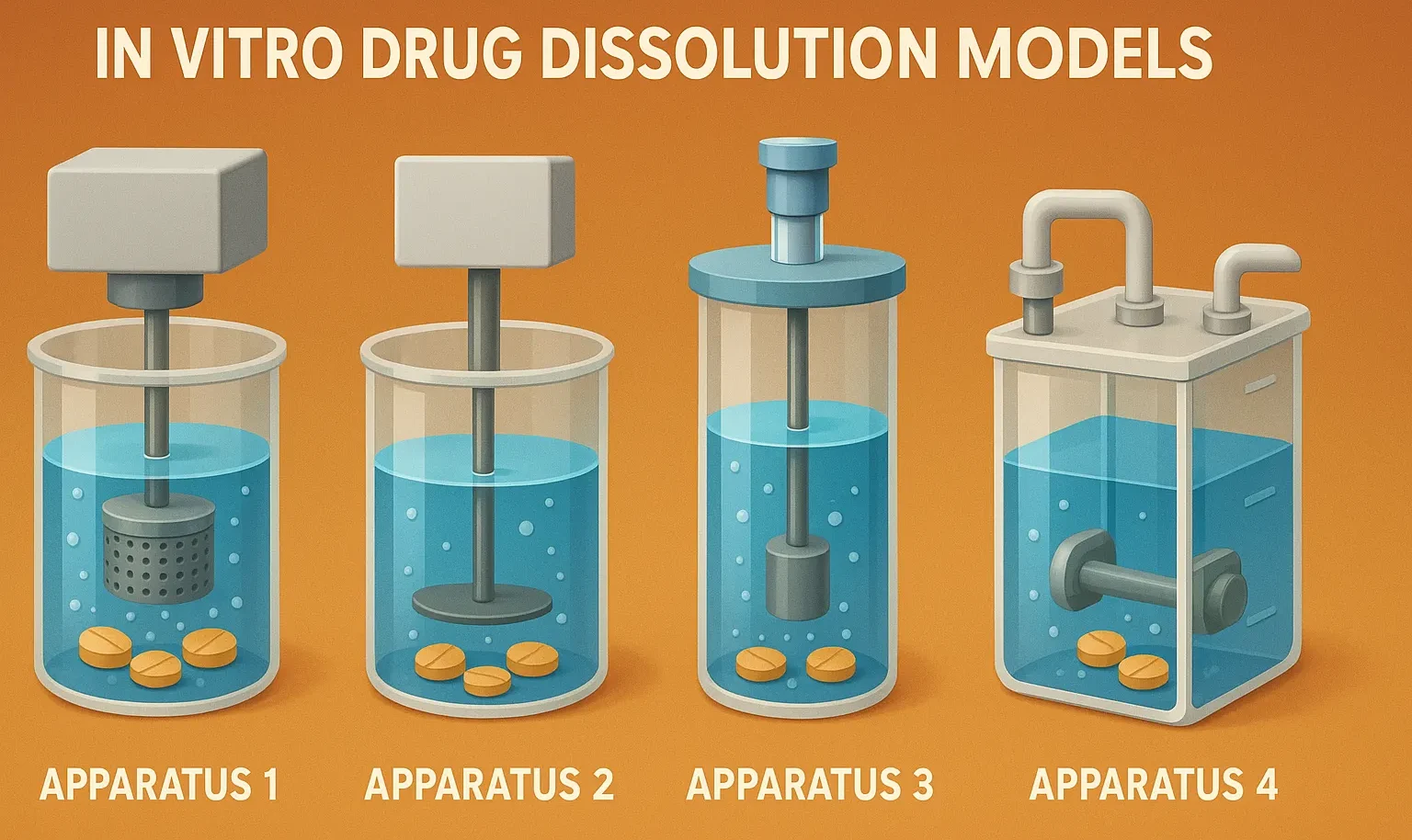Weights and measures
Weights and Measures are systems used to express the quantity, size, or weight of substances and objects. There are two main systems of weights and measures: the Imperial system and the Metric system. 1. Imperial system: The Imperial system, also known as the British Imperial system, originated in the United Kingdom and was widely used … Read more



